zox-news domain was triggered too early. This is usually an indicator for some code in the plugin or theme running too early. Translations should be loaded at the init action or later. Please see Debugging in WordPress for more information. (This message was added in version 6.7.0.) in /var/www/wp-includes/functions.php on line 6121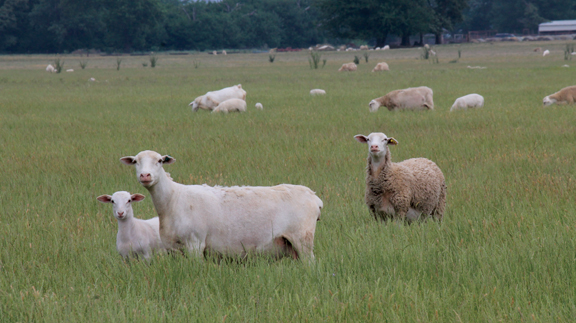

By Barry Whitworth, DVM With all the rain that has been occurring, sheep and goat producers should be observing their flocks for signs of lameness. Lame...
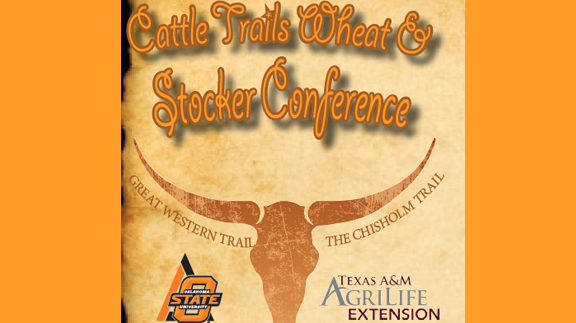

By Kay Ledbetter LAWTON, Okla. – With low wheat prices, stocker cattle options for farmers and ranchers take on more importance in the Rolling Plains of...
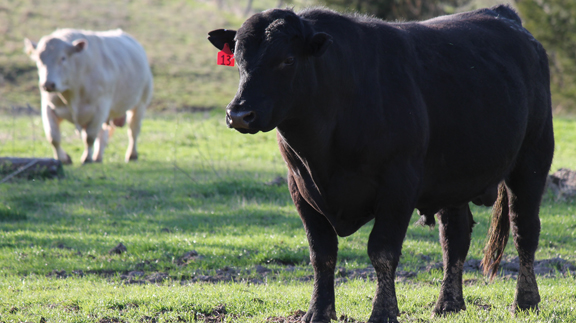

By Barry Whitworth In 1917, Congress appropriated the money to begin the State-Federal Cooperative Bovine Tuberculosis Eradication Program. The program was started to reduce the number...
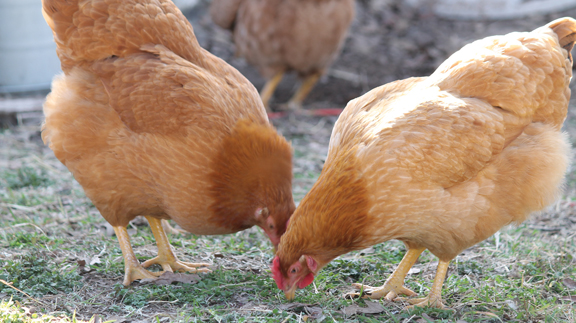

By Barry Whitworth On March 5, 2017, the United States Department of Agriculture Animal Plant Health Inspection Service (USDA-APHIS) announced that a commercial chicken breeder flock...
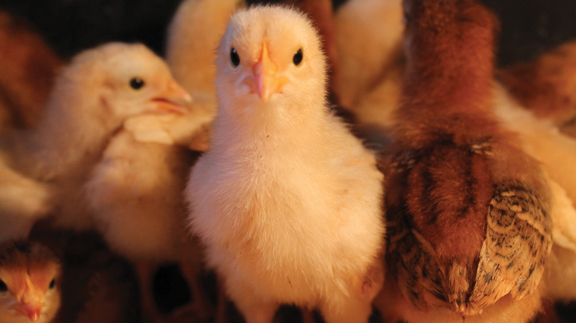

By Barry Whitworth Raising backyard chickens has become very popular in Oklahoma. Some people desire a better understanding of how their food is produced. Others like...
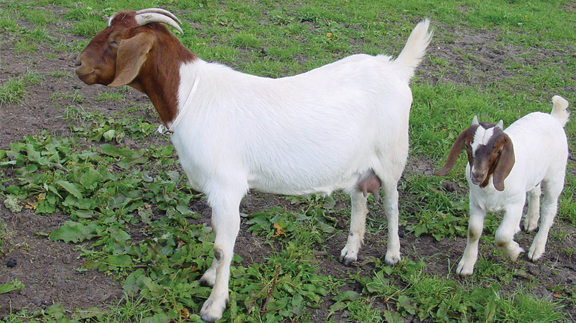

By Barry Whitworth Urolithiasis, commonly called urinary calculi, is a condition familiar to most small ruminant producers. Urolithiasis is the formation of calculi or stones in...
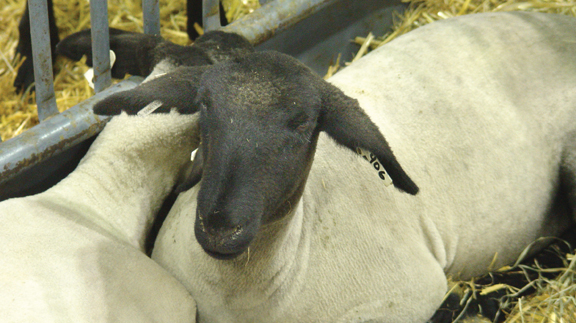

By Barry Whitworth As of Jan. 1, 2017, producers will need a prescription or a Veterinary Feed Directive (VFD) order to use many of the previously...
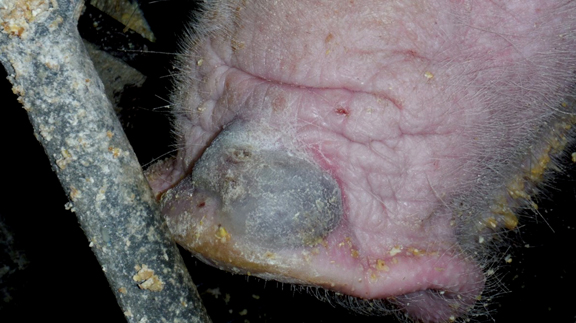

By Barry Whitworth Seneca Valley Virus or Senecavirus A was first identified in the United States in 1988. The virus appears sporadically with a few cases...
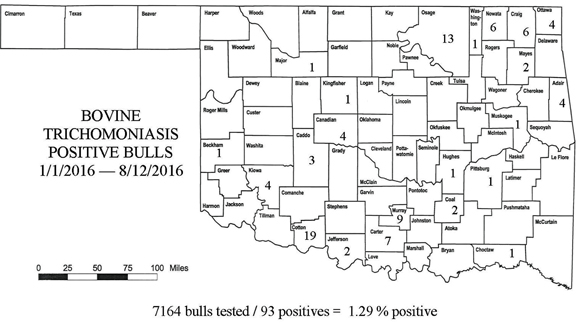

By Barry Whitworth The sexually transmitted cattle disease Trichomoniasis or Trich continues to be a problem in Oklahoma. The disease, which is known to cause infertility...
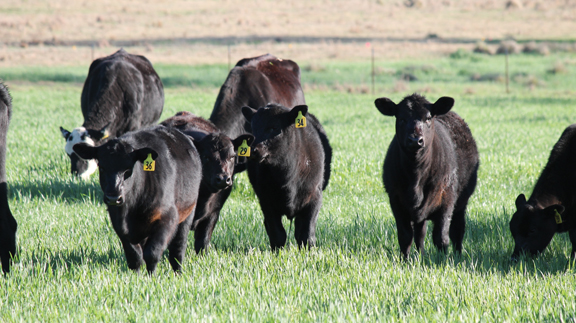

By Marty New The goal of any producer is to have high quality livestock, but this cannot be done without high quality forage crops. To prevent...